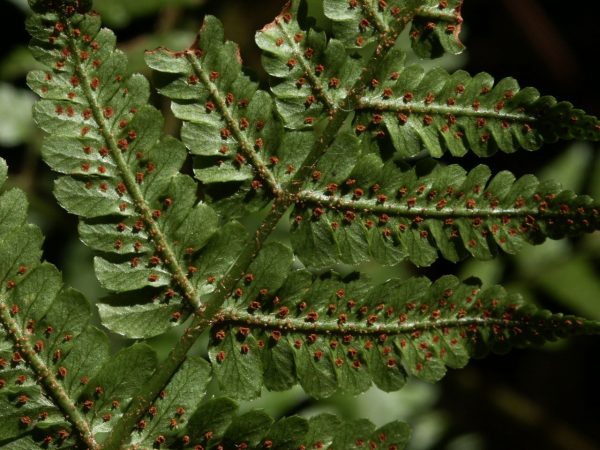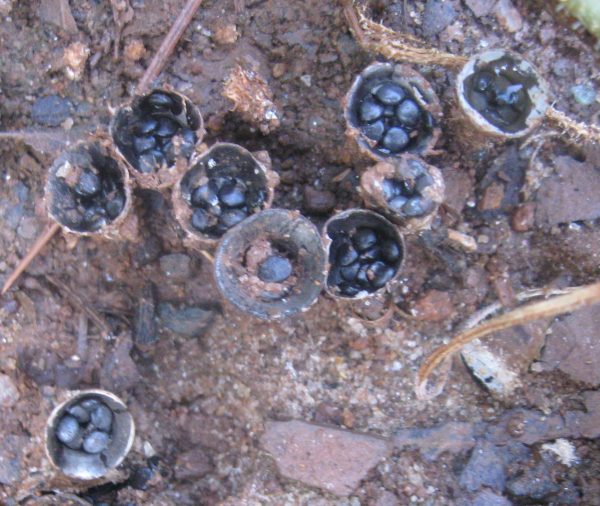Tree Wound Dressings
Q: We have a large white oak that had a large chunk of bark knocked off when inadvertently struck by a neighboring tree being removed. The wound is twelve inches wide by thirty inches high located six feet off the ground. What is the best way to treat this wound? Are you familiar with Lac Balsam artificial tree bark?
A: Lac Balsam is one of a number of products touted as “wound dressings” for trees. I believe that research has shown that tar, paint and other sealants offer no help for a damaged tree. They retard the tree’s own defenses and they eventually crack and allow rot and insects to invade once again. A mature white oak would be very slow to heal over any wound on its trunk. It simply isn’t growing very fast at trunk level and would not produce much callus wood.
My usual recommendation in situations like this is to clean loose bark from the wound area, perhaps spray the wound with gray paint to conceal it, and leave the tree to its own devices to heal.
If the damage was done by a tree company, hire a consulting arborist who is a member of the International Society of Arboriculture. They can determine the loss of value you’ve suffered due to the tree damage. With this in hand you can make a claim against the tree company’s insurance carrier.
See also:
Lac Balsam As A Treatment to Hasten Wound Closure and Minimize Discoloration and Decay.
Effect of Chemical Applications to Peach Bark Wounds:
Effect of Chemical Applications to Peach Bark Wounds on Accumulation of Lignin and Suberin and Susceptibility to Leucostoma persoonii. A. R. Biggs, Associate professor, West Virginia University, University Experiment Farm, P.O. Box 609, Kearneysville 25430; Carol A. Peterson, professor, Department of Biology, University of Waterloo, Ontario, Canada, N2L 3G1. Phytopathology 80:861-865. Accepted for publication 26 February 1990. Copyright 1990 Department of Agriculture, Government of Canada. DOI: 10.1094/Phyto-80-861.
Fourteen extracts and chemical treatments were tested in the field on orchard trees in May and June of 1987 for their effects on wound responses in the bark. Pruning wounds on 1-yr-old branches were treated and the wound sites were excised up to 14 days later for histological study and chemical analysis of lignin. Fungal cell wall extracts and cellobiose stimulated lignin synthesis and/or enhanced the wound response. In contrast, the commonly used sealants, Lac Balsam and white paint, retarded the wound response. In a second set of experiments, five treatments were tested in the laboratory for effects on wound response and susceptibility to Leucostoma persoonii. Branch segments were wounded and exposed to the treatment solutions for 72 hr before fungal inoculation. All treatments except calcium were associated with increased lignin formation before inoculation. Percentage of infection of twigs treated with GA3 + auxin was greater than the control, whereas twigs treated with cell wall extract from L. persoonii, cellobiose, and calcium exhibited fewer infections than the control. Canker length was reduced by all treatments. Lignin production following inoculation was related to the amount of disease present on the twigs, with increased lignin accompanying increased size of cankers.














